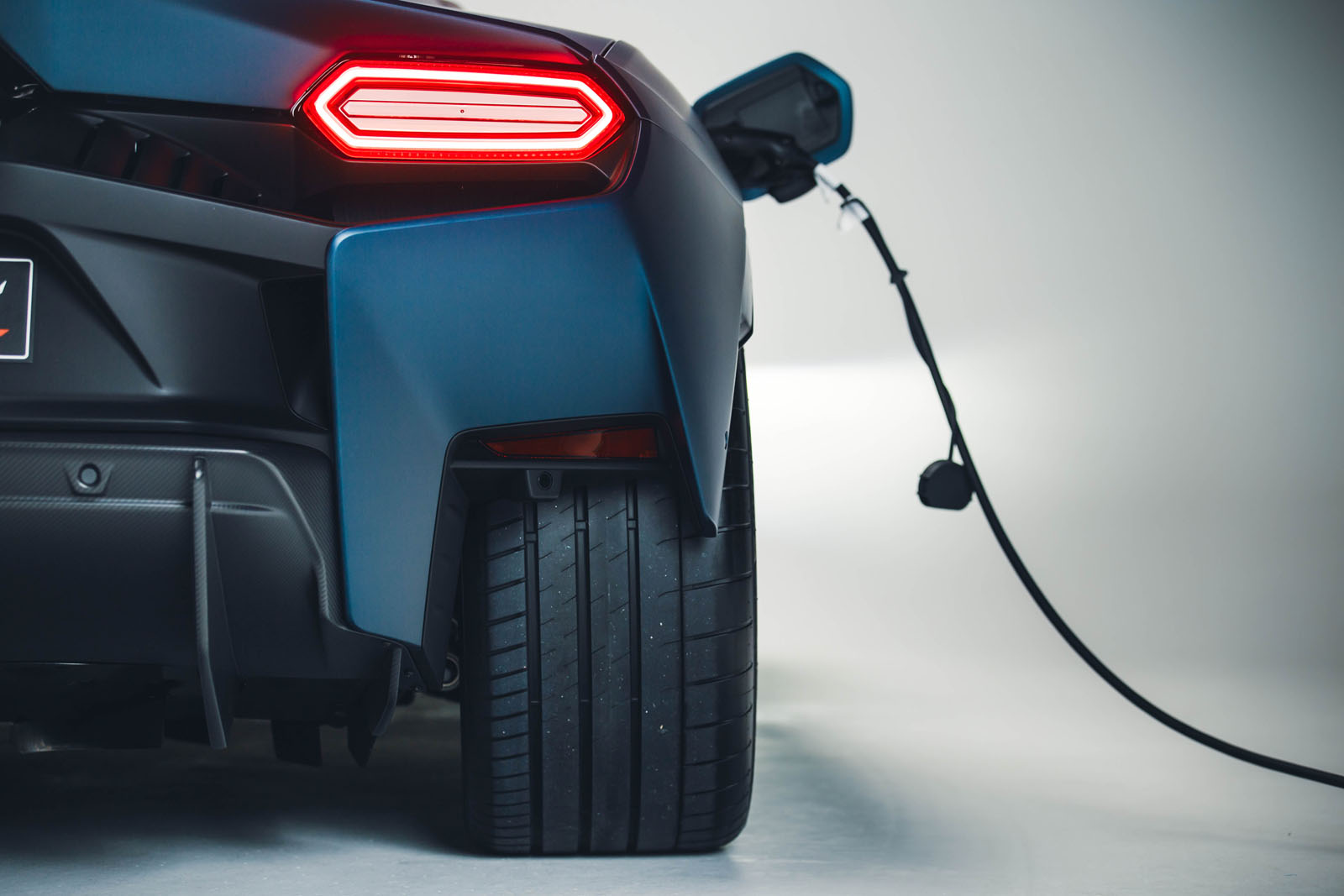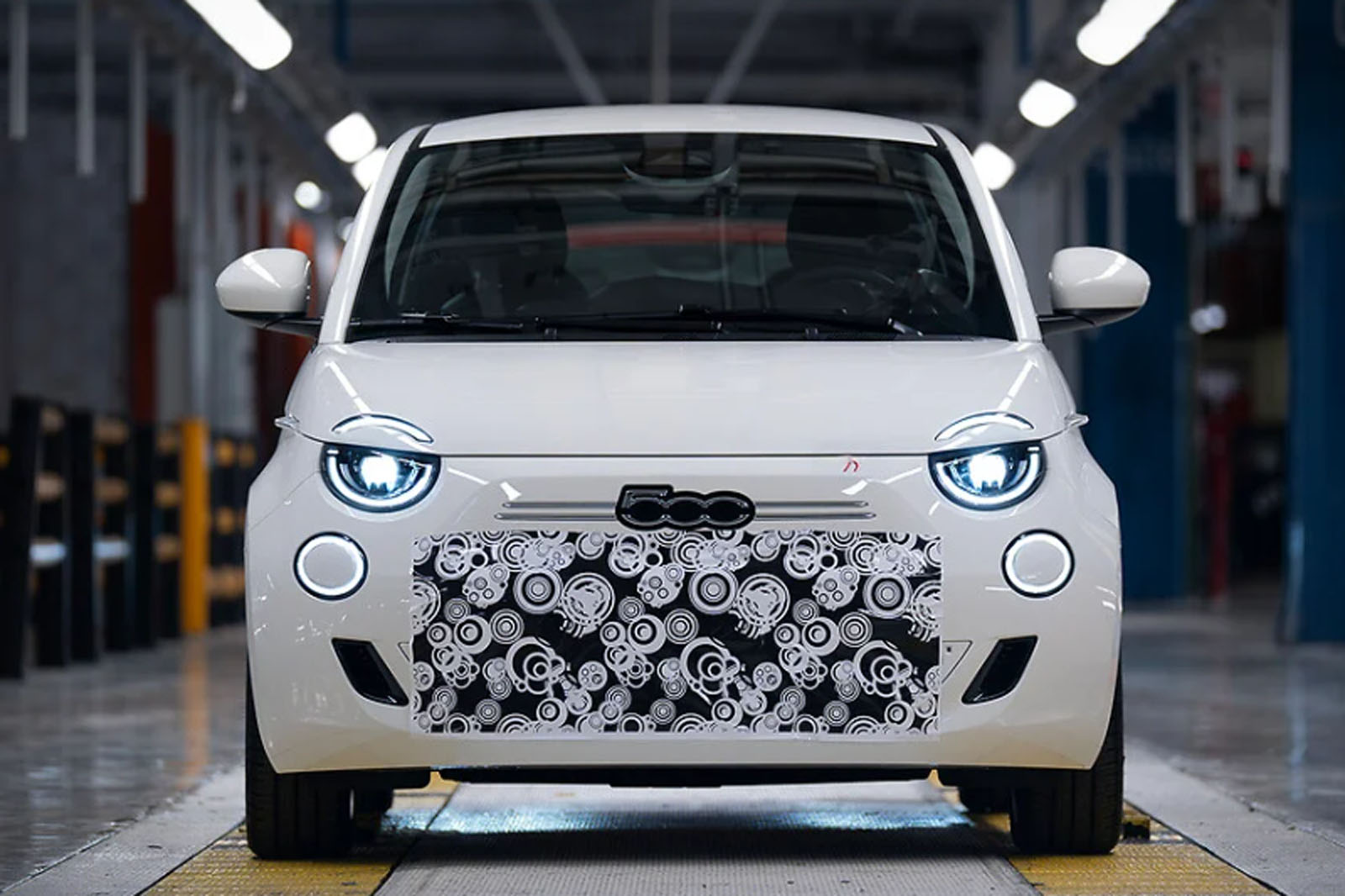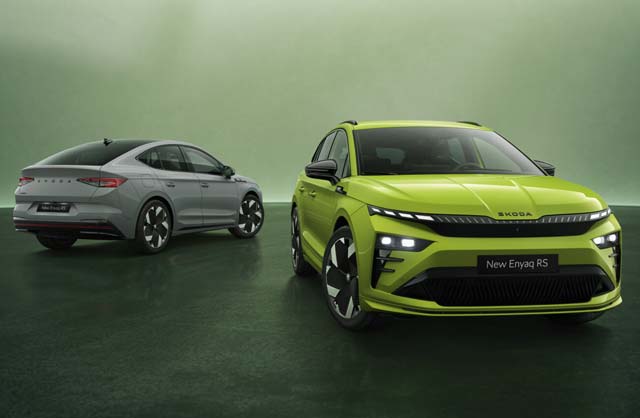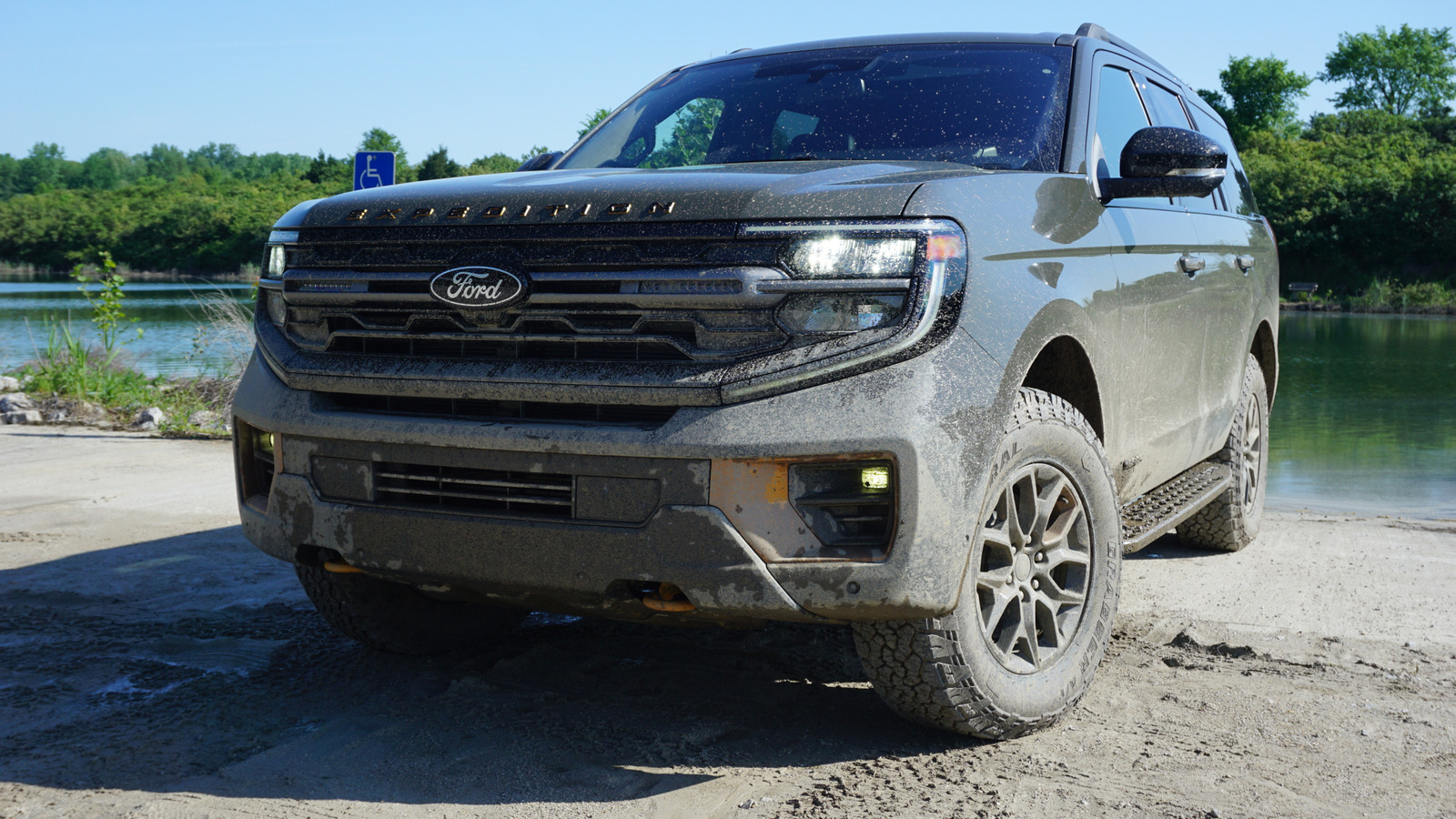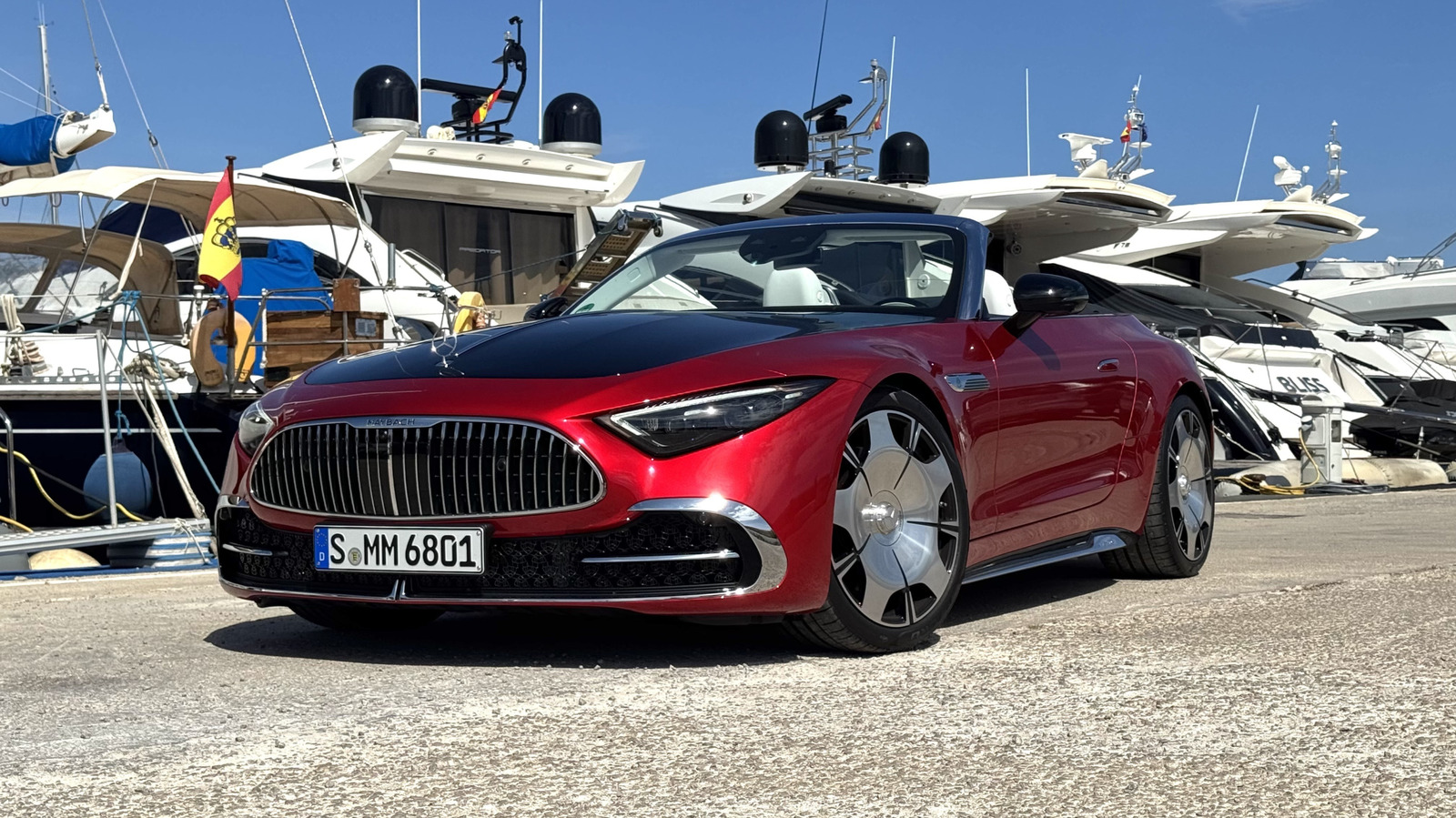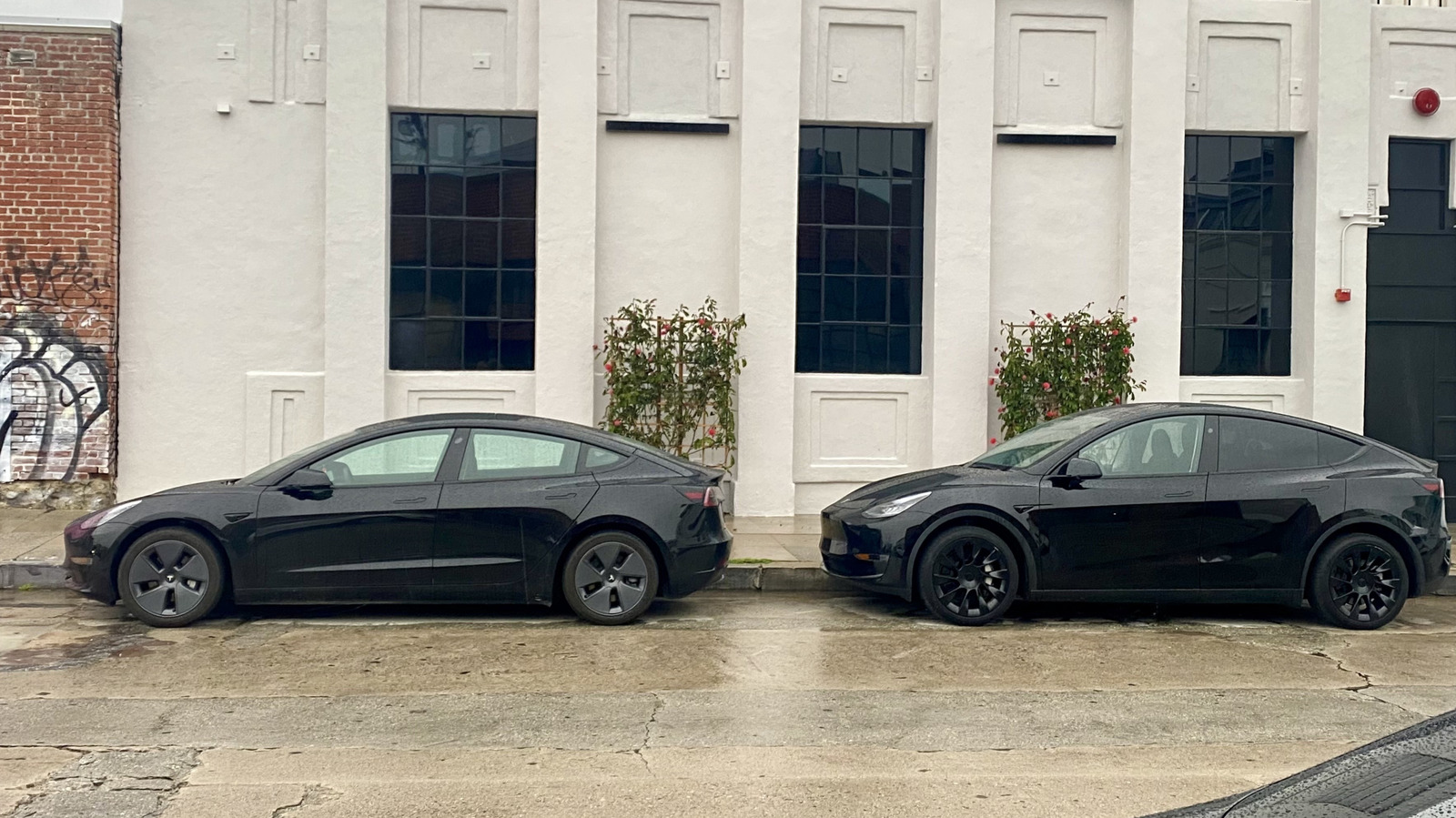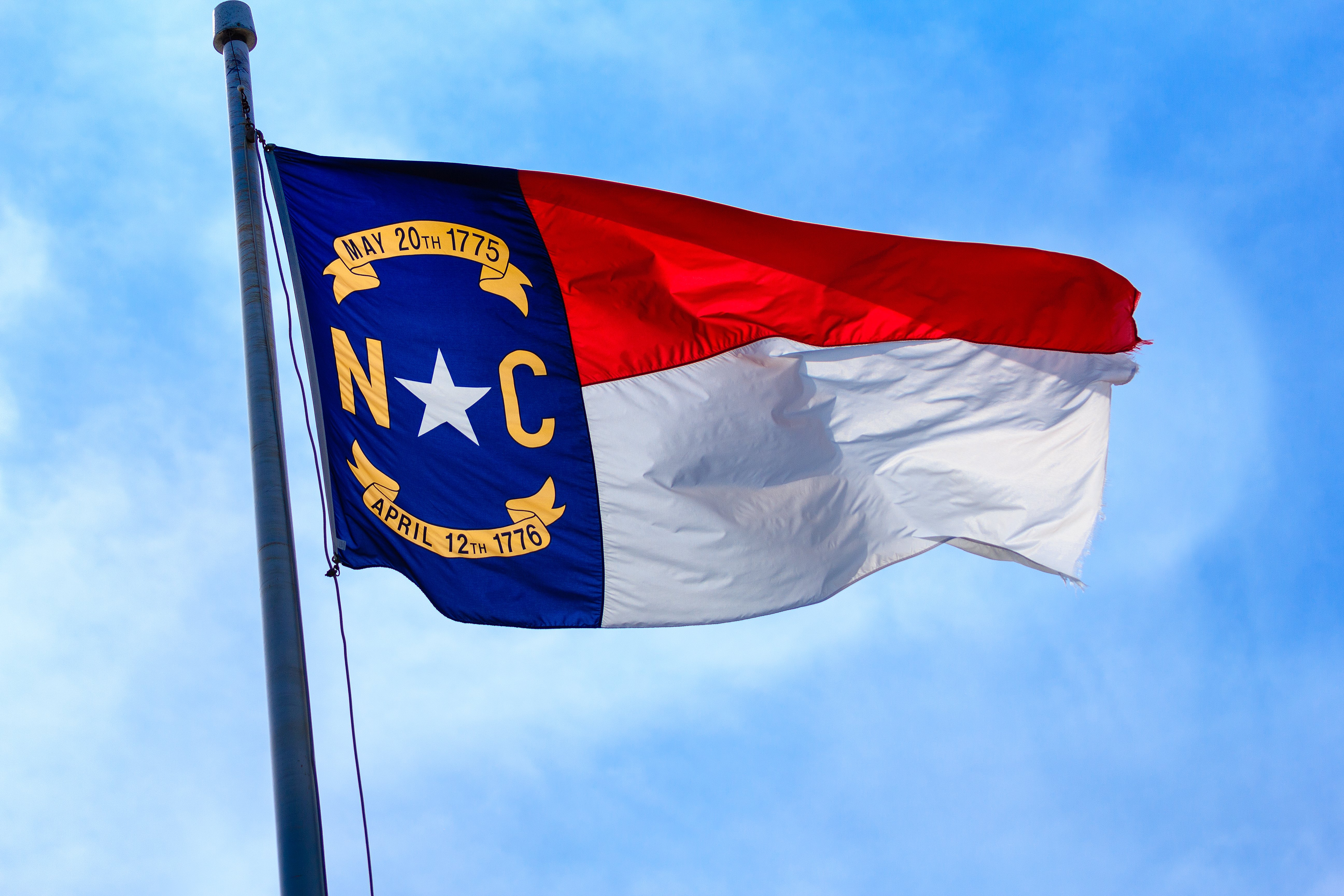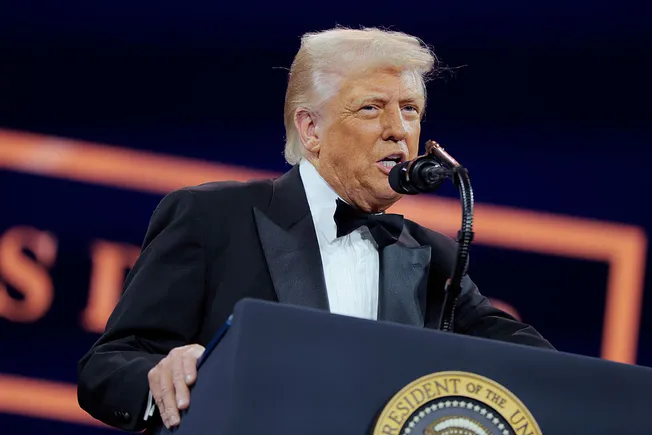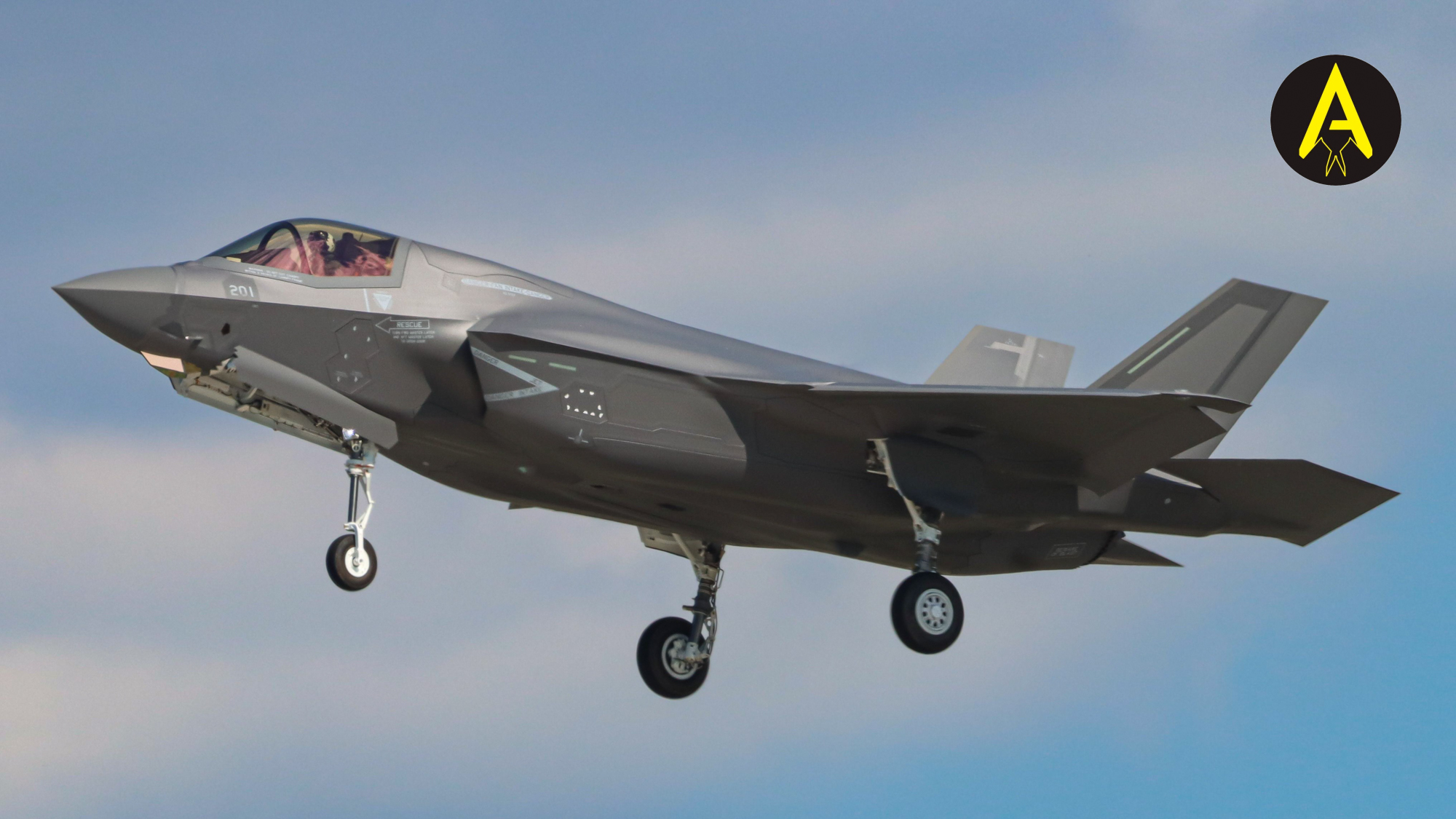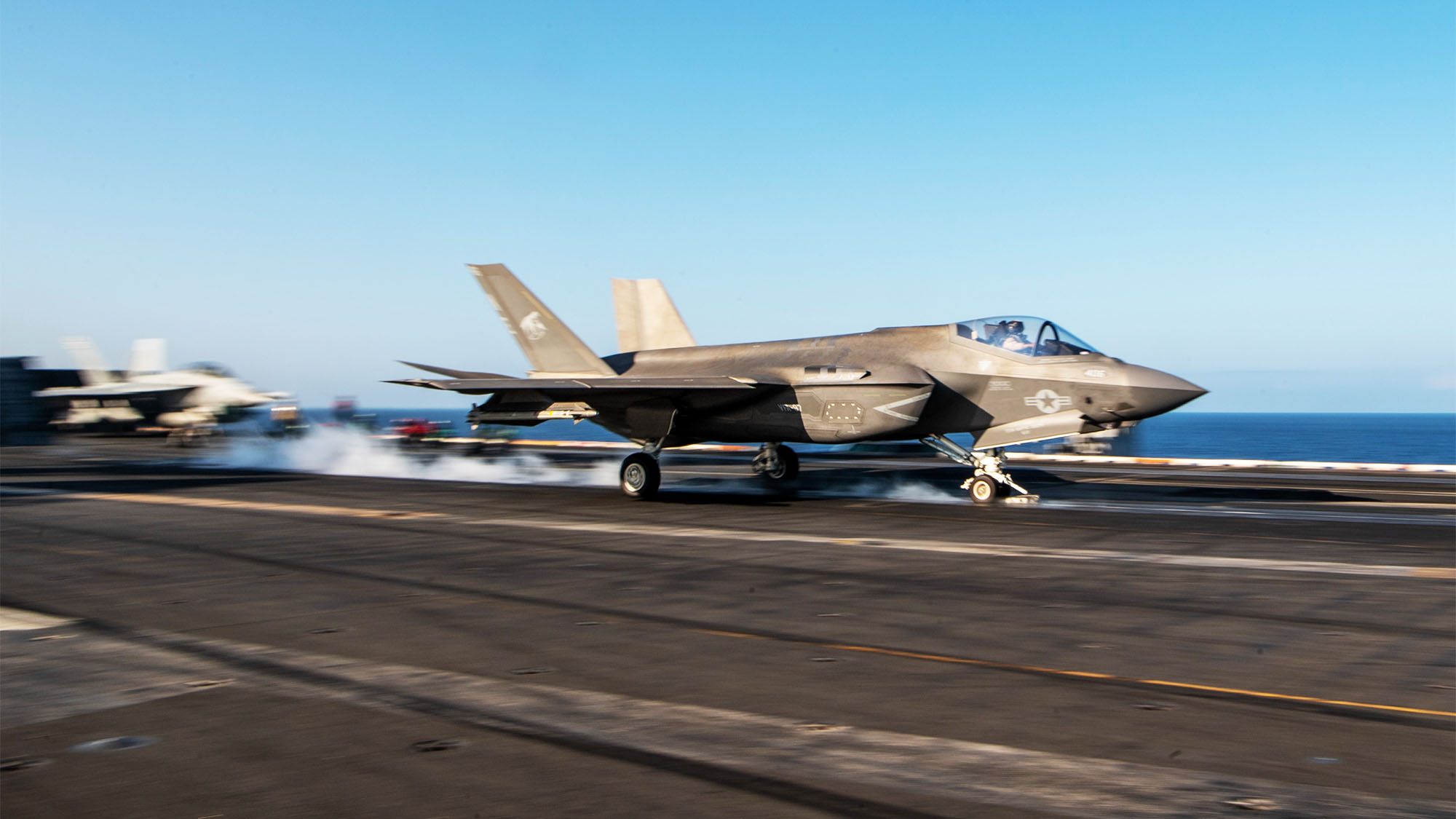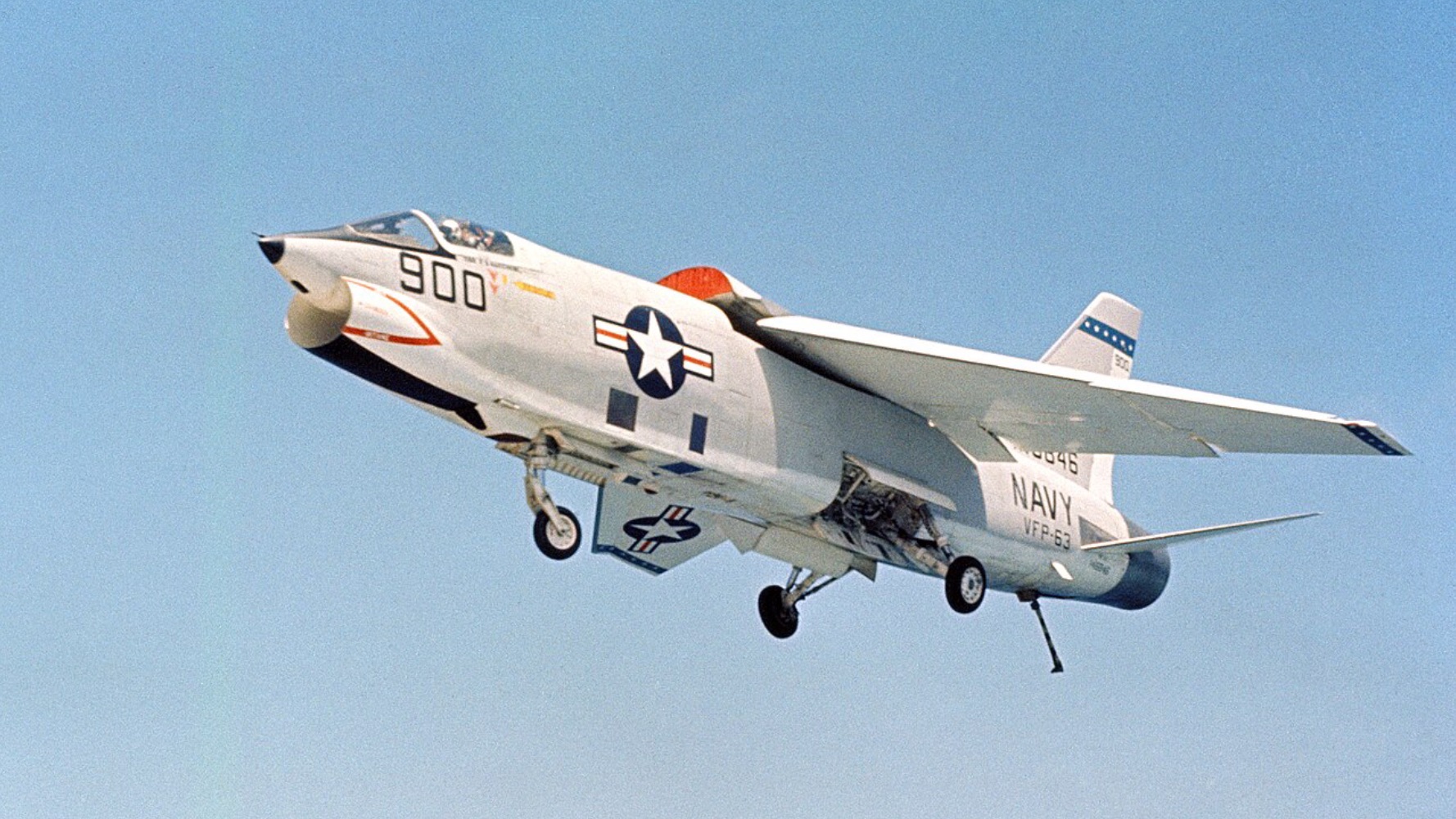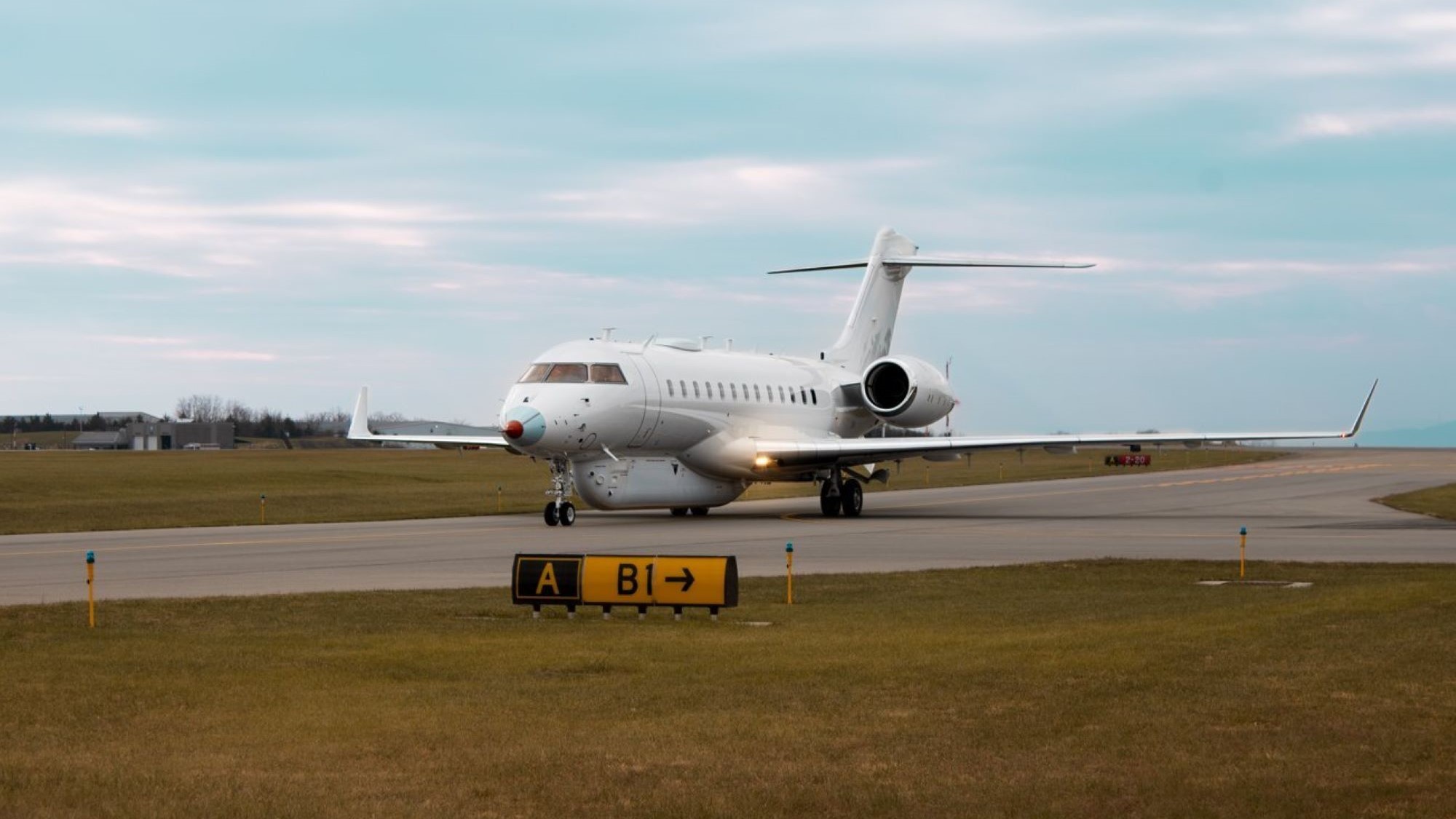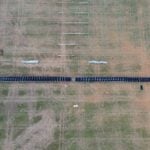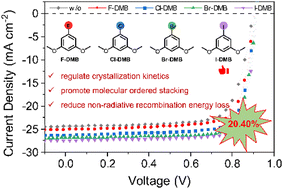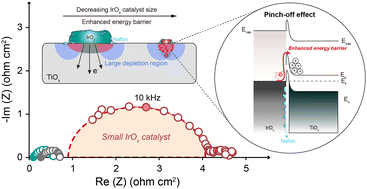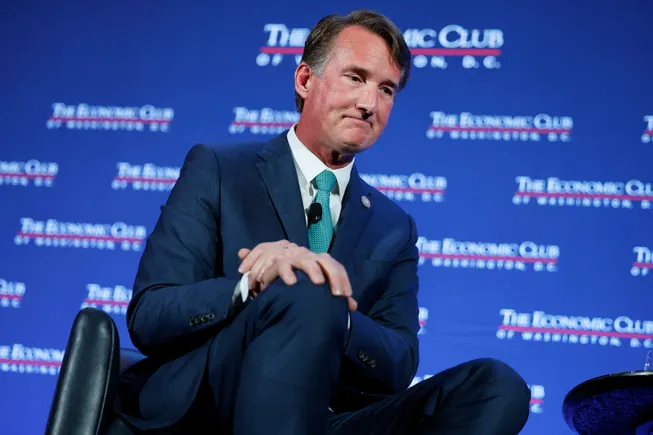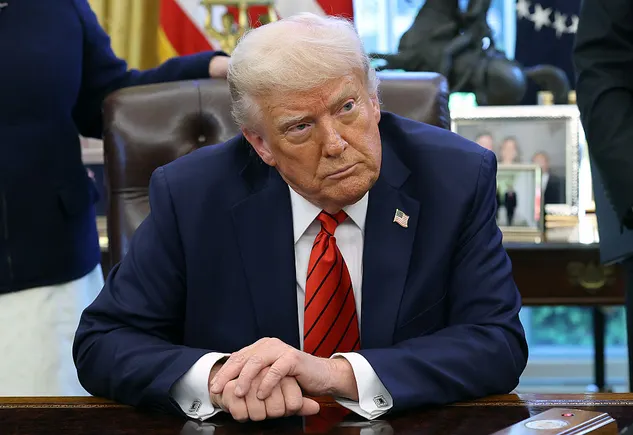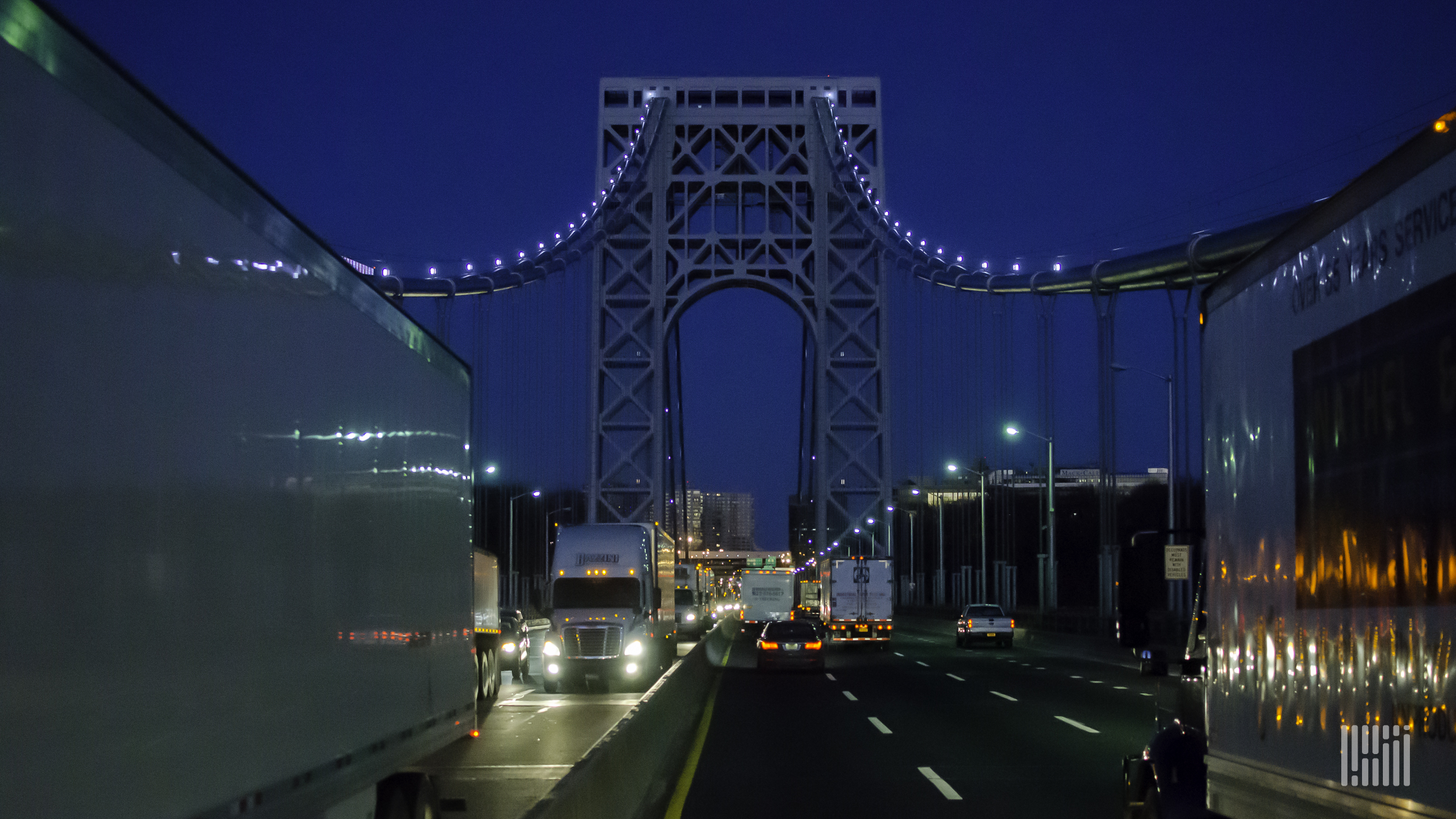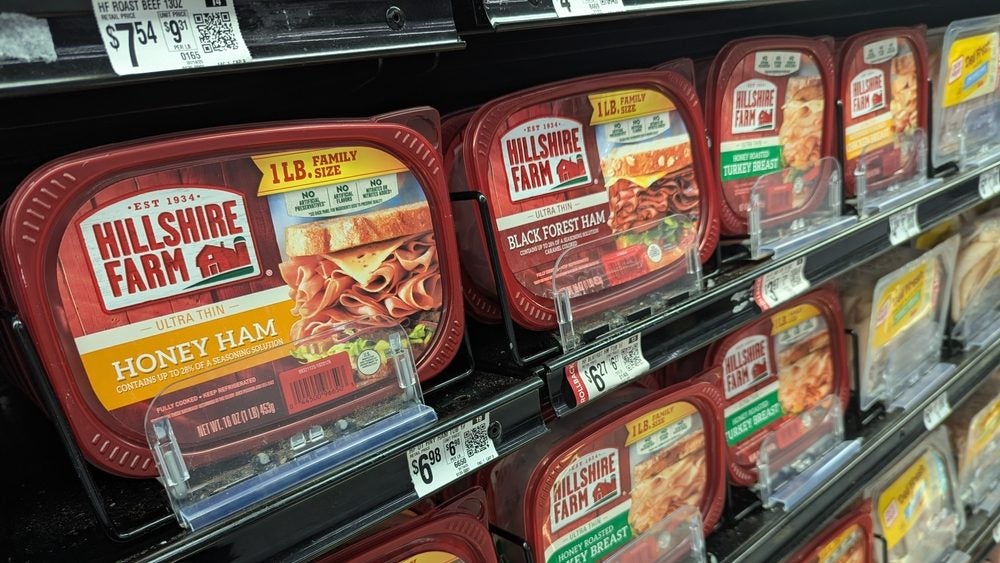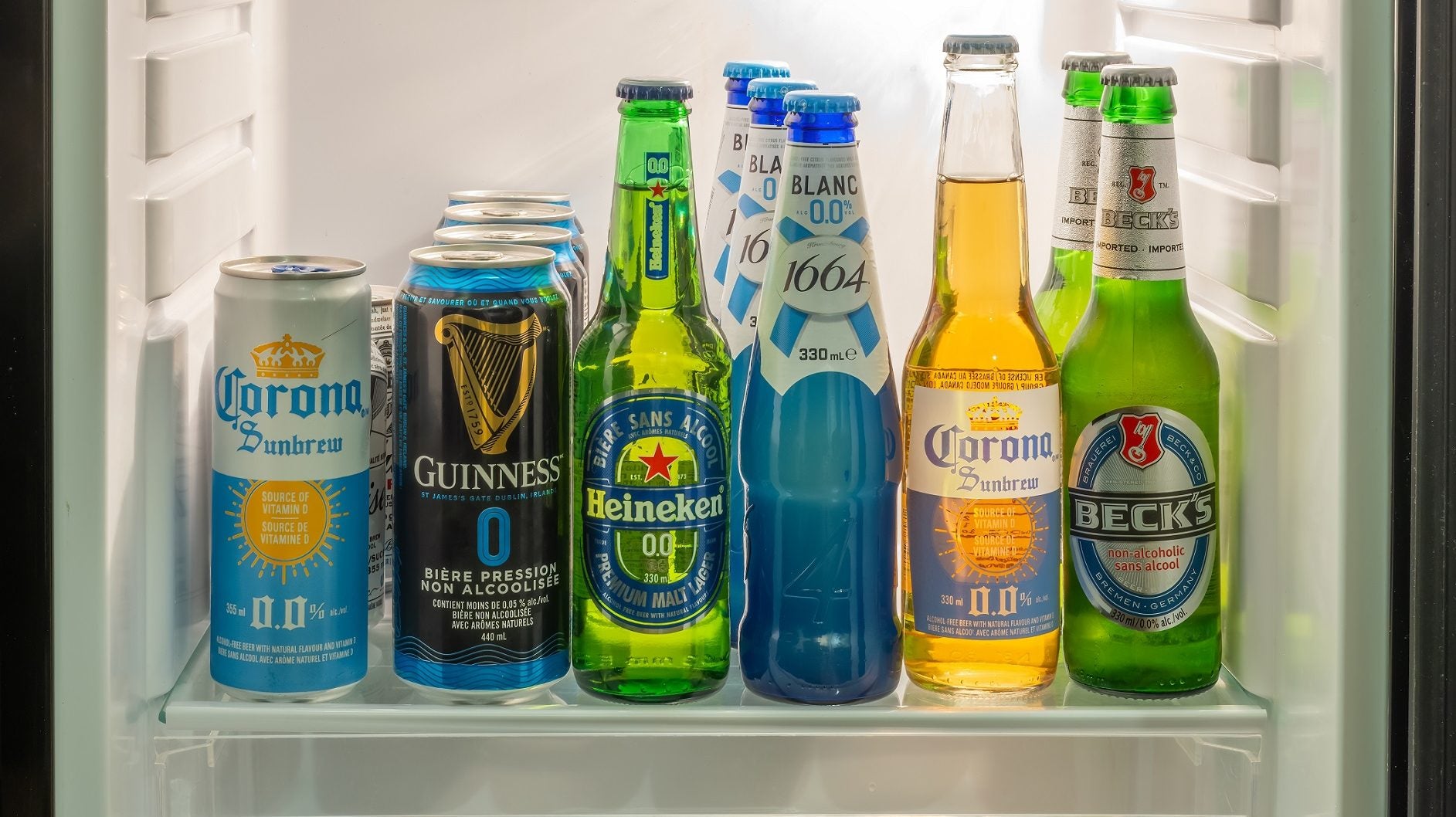Driverless-truck lobby urges federal action toward full autonomy
An industry group tells DOT that the future is now when it comes to deploying autonomous trucks. The post Driverless-truck lobby urges federal action toward full autonomy appeared first on FreightWaves.
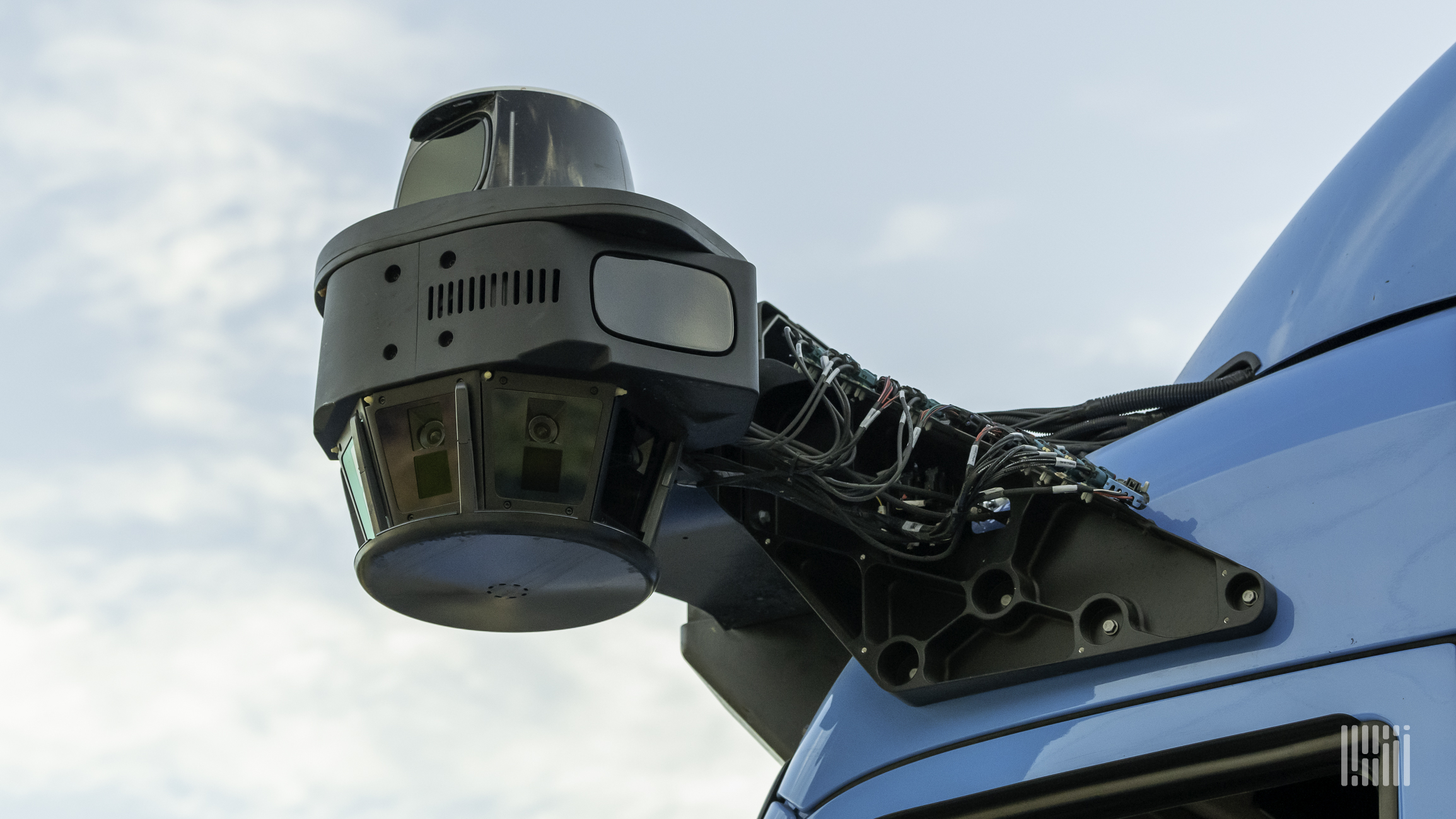
WASHINGTON — A truck industry lobbying group is urging the Trump administration to modify and streamline federal regulations to spark deployment of driverless trucks on the nation’s highways.
The Autonomous Vehicle Industry Association (AVIA), whose members include autonomous truck tech companies Aurora (NASDAQ: AUR), Kodiak and Plus, as well as FedEx (NYSE: FDX), told the U.S. Department of Transportation that making changes to the current regulations to remove hurdles to deploying driverless trucks will “provide both regulatory certainty and greater operational flexibility” for autonomous vehicle (AV) developers.
AVIA’s recommendations were included in response to DOT’s request for information on regulations that should be eliminated or modified. AVIA’s recommendations to the Federal Motor Carrier Safety Administration and the National Highway Traffic Safety Administration echo objectives outlined by Project 2025, the conservative policy playbook published by The Heritage Foundation in 2023.
“Both [DOT] operating administrations have issued Advance Notices of Proposed Rulemakings that begin the process of updating their regulations to reflect this new technology,” AVIA General Counsel Ariel Wolf stated in comments filed with DOT.
“However, these regulations have stalled under the Biden administration, which has chosen to use the department’s tools to get people to take transit and drive electric vehicles instead of helping people to choose the transportation options that suit them best.
“USDOT now has the opportunity to leverage its own previous work along with industry expertise to advance the American AV industry, eliminate or streamline outdated regulations, and ensure that the United States retains its international leadership and competitive advantage as this critical technology continues to grow and evolve.”
In addition to codifying into law a 2018 FMCSA interpretation that states that its regulations do not require a human driver to operate or be present in an autonomous truck, AVIA recommends FMCSA update hours-of-service and inspection requirements that currently require action by a human driver.
FMCSA should also reverse course on its stance on roadside warning devices, the group told DOT. Current regulations require that devices such as orange triangles and flares be placed by a human being in front of and behind a stopped truck, but the agency has denied AVIA-backed exemption requests to allow new cab-mounted beacons that do not require deployment by a human.
“Modifying the existing regulations to allow for the use of cab-mounted beacons instead of driver placed devices not only allows [autonomous] CMVs to meet the warning device requirement, but also gives human drivers a safe alternative to exiting their vehicles on busy highways,” Wolf asserted in his comments.
Wolf’s group is also seeking modifications to the Federal Highway Administration’s truck size restrictions. FHWA currently limits the width of a commercial vehicle to 102 inches, with some exceptions for rearview mirrors and other devices.
AVIA wants the exceptions to be clarified “to expressly include vehicle sensors such as lidar, radar, and cameras, to provide AV developers with added flexibility on the placement of their sensors, to allow for design flexibility and ensure sensors can be placed where they will best serve vehicle safety.”
Related articles:
- Aurora unveils safety blueprint ahead of driverless truck debut
- FMCSA to recruit truck drivers for autonomous vehicle study
- DOT lays out strategy for automated trucking
Click for more FreightWaves articles by John Gallagher.
The post Driverless-truck lobby urges federal action toward full autonomy appeared first on FreightWaves.














